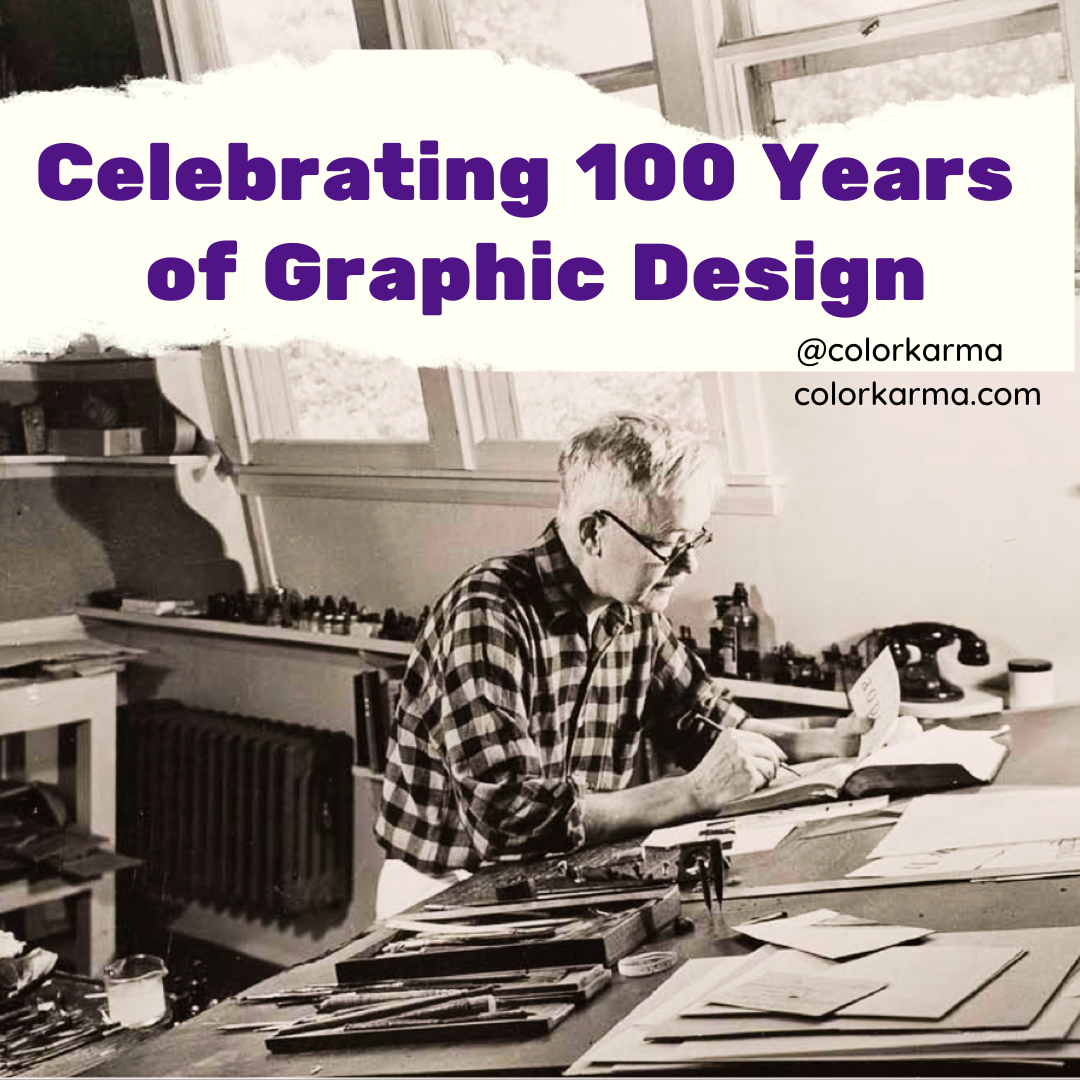Author: Kristen Dettoni, Design Pool LLC
Everyone’s eyes perceive color a little differently, which can make working with color a challenge. However, if you can find a common color language to communicate, the process becomes a whole lot easier.
When communicating about color in a pattern design to a designer or printer, there are two major factors to consider. Are you interested in changing individual colors within the design, or do you want to change the overall color of an entire design?


CHANGING INDIVIDUAL COLORS WITHIN THE DESIGN
When communicating color changes within a design, it is best practice to work with universal color guides such as Pantone, CMYK or RGB. These are common to programs such as Adobe Illustrator and Adobe Photoshop, which is where the majority of design files are created for print.
The Pantone system is a standardized color reproduction system that comes in the form of paper, plastic, textiles and digital. Pantone works with a variety of industries such as graphic design, package design, fashion, product design, print, and manufacturing. It is an easy system for clients that don’t have access to computer design programs and are commenting on the design files via paper print out, or a PDF. Though Pantone’s color books are extensive, it is impossible to have every color you may need. You can always supplement your color references with other colors such as paint chips.
CMYK is a four-color subtractive color model. It refers to the four inks used in the printing process: cyan (blue), magenta, yellow and key (black). If there is white in your design, there will not be any ink used in that area. CMYK is printed in dots and by placing the tiny different color dots together the human eye blends them into solid colors. On a computer screen the CMYK colors are viewed flat and solid. If you have access to computer programs to open the design files, you can use the tools to reference colors. You may also need the CMYK colors to communicate to the printer.
The RGB color model is an additive model. The RGB refers to Red, Green and Blue. RGB is primarily used in electronic systems. Though different devices detect RGB values differently this can be controlled with color management devices to calibrate computer screens or printers. RGB is not the best way to communicate color for printing, but it is specific to programs such as Photoshop where a lot of the designing takes place.
Whatever system you decide to use, be as specific as possible when communicating color changes to a designer or printer. The better you are at communicating, the more likely you will get to your end goal faster and more efficiently.


CHANGING THE OVERALL COLOR OF THE DESIGN
Changing the overall color of the design typically happens once you receive your test print. You can use the Munsell color system to communicate the overall color: Hue, Chroma, and Value. This is extremely helpful if you are printing solid colors.
You can ask for all three to be altered or a single item. Hue is what we know simply as color and there are five principle hues: Red, Yellow, Green, Blue and Purple. Chroma is the purity of the color and is related to saturation. The lower the chroma, the less pure the color and the higher the chroma the more pure or vibrant the color. Use this term to make something appear more or less saturated. Value specifies the lightness or darkness of a color, essentially adding more white or more black. Typically when you are communicating with the Munsell system you use percentages such as +5% Red (Hue) and +10% Chroma.
TIPS:
- Ask the designer or printer their preferred way to communicate color prior to getting started. – Every printer has their color file preferences, and working within those preferences saves time and money.
- Communicate with only one color guide, if possible. – The more color guides you reference, the more confusing it can be and the more challenging it will be to match.
- Color changes from monitor to monitor. – Colors will never be perfectly replicated between monitors and printers unless they have all been calibrated. You will likely need a few tries and samples to get the exact color you are looking for.
- Production print tolerances can be +/- 5% based on the master sample. – Know that when making a million samples to get to your perfect color, the color will still shift a bit in production and this is accepted within industry standards.
- Read the print set up instruction pages.
- If you are working with online printers such as Spoonflower, Zazzle, Moo or even your local graphics printer, be sure to read their instruction pages on how to set up the files prior to sending them. – The color profiles and systems you choose can drastically alter the final color print out, so it is always good to double-check.
Resources:
Join the Color Collective
Registration is FREE and only takes a moment
- Latest industry advice
- News, Article, Technology
- Events & Awards,
- And lots more...





